
Docker Cookbook Sébastien Goasguen
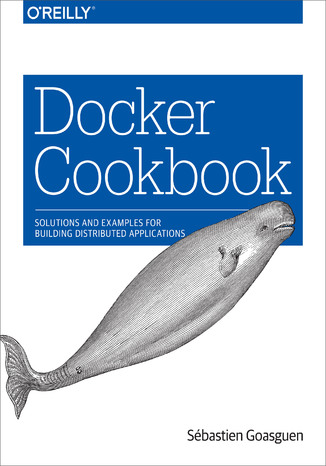



- Autor:
- Sébastien Goasguen
- Wydawnictwo:
- O'Reilly Media
- Ocena:
- Stron:
- 366
- Dostępne formaty:
-
ePubMobi
Opis
książki
:
Docker Cookbook
Whether you’re deploying applications on premise or in the cloud, this cookbook provides developers, operators, and IT professionals with more than 130 proven recipes for working with Docker.
With these practical solutions, experienced developers with no previous knowledge of Docker will be able to package and deploy distributed applications within a couple of chapters. IT professionals will be able to solve everyday problems, as well as create, run, share, and deploy Docker images. Operators will quickly be able to adopt the tools that will change the way they work.
The recipes in this book will help you:
- Manage containers, mount data volumes, and link containers
- Create and share container images
- Network containers across single or multiple hosts
- Tackle advanced topics such as Docker configuration and development
- Deploy multi-container applications on a distributed cluster with Kubernetes
- Use a new generation of operating systems optimized for Docker
- Learn tools for application deployment, continuous integration, service discovery, and orchestration
- Access a Docker host on Amazon AWS, Google GCE, and Microsoft Azure
- Monitor containers and explore different application use cases
Wybrane bestsellery
O'Reilly Media - inne książki
Dzięki opcji "Druk na żądanie" do sprzedaży wracają tytuły Grupy Helion, które cieszyły sie dużym zainteresowaniem, a których nakład został wyprzedany.
Dla naszych Czytelników wydrukowaliśmy dodatkową pulę egzemplarzy w technice druku cyfrowego.
Co powinieneś wiedzieć o usłudze "Druk na żądanie":
- usługa obejmuje tylko widoczną poniżej listę tytułów, którą na bieżąco aktualizujemy;
- cena książki może być wyższa od początkowej ceny detalicznej, co jest spowodowane kosztami druku cyfrowego (wyższymi niż koszty tradycyjnego druku offsetowego). Obowiązująca cena jest zawsze podawana na stronie WWW książki;
- zawartość książki wraz z dodatkami (płyta CD, DVD) odpowiada jej pierwotnemu wydaniu i jest w pełni komplementarna;
- usługa nie obejmuje książek w kolorze.
Masz pytanie o konkretny tytuł? Napisz do nas: sklep@helion.pl
Książka drukowana



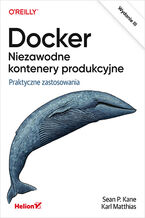
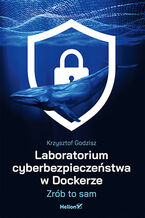
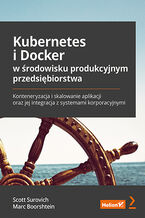
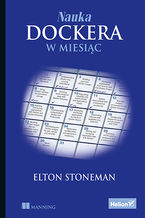
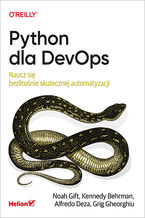


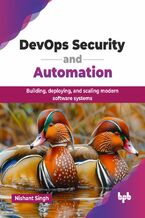
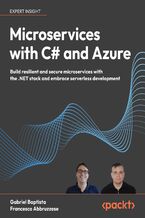
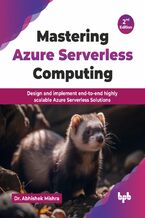






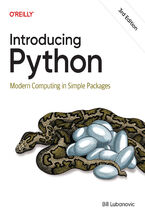
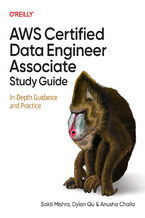
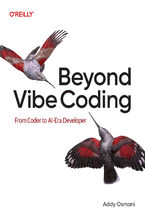
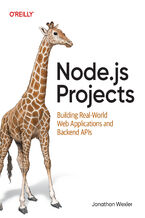

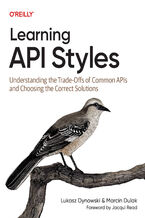
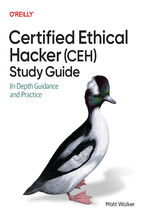
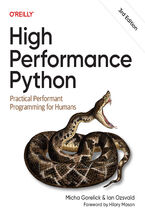
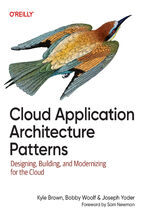
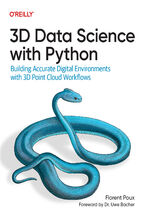



Oceny i opinie klientów: Docker Cookbook Sébastien Goasguen
(0)